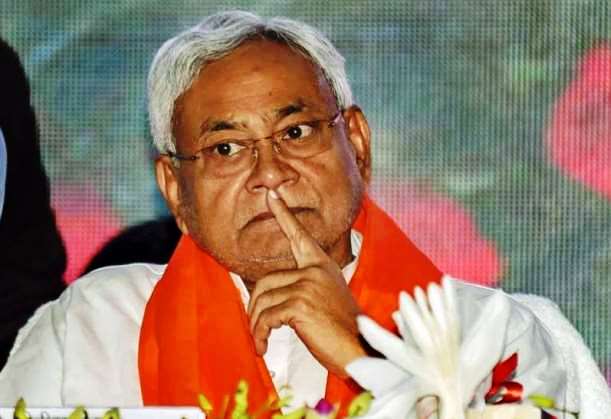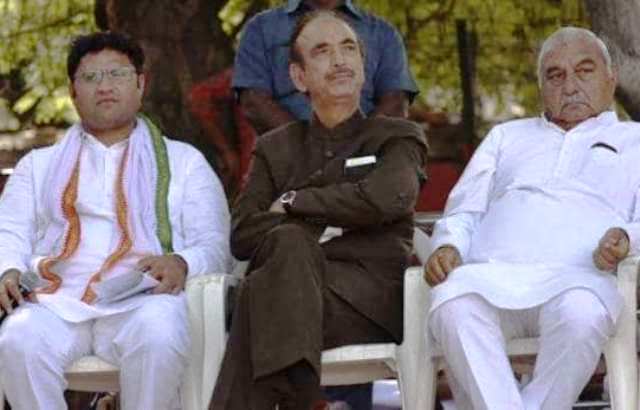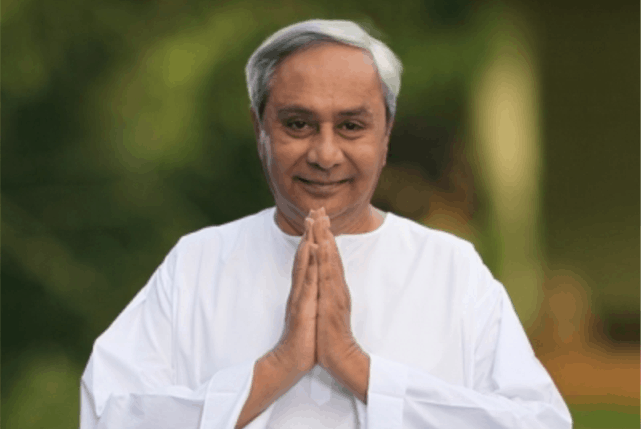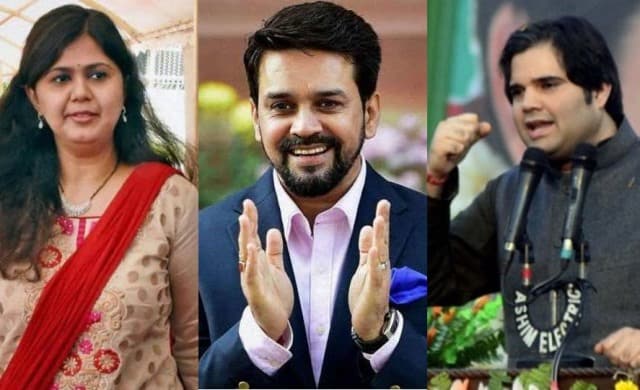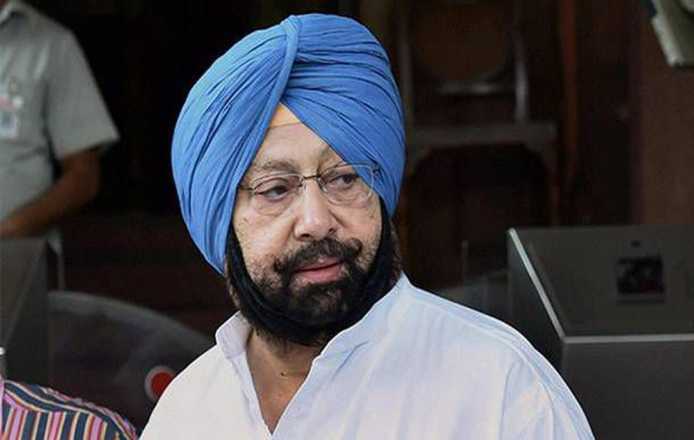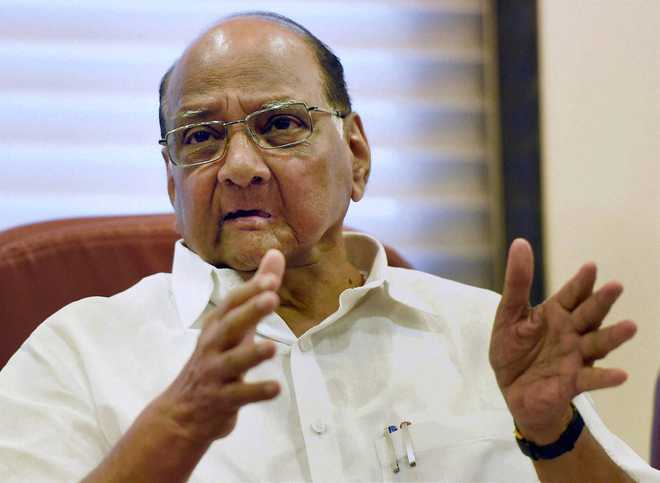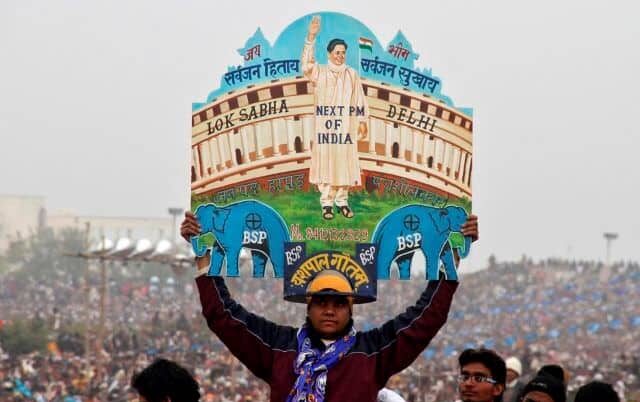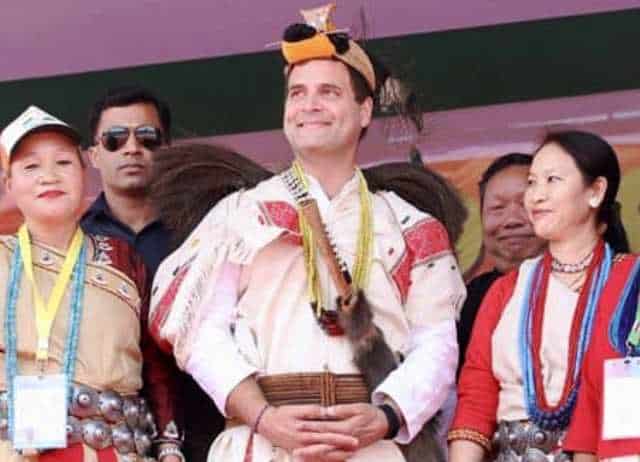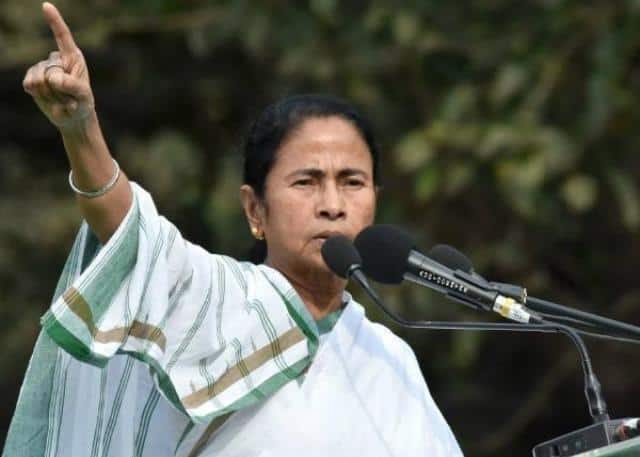Already defeated politically by a resurgent Bharatiya Janata Party and left behind by Prime Minister Narendra Modi’s popular appeal, questions are now being raised about Nitish Kumar’s purported firm grip on state administration.
Last year, Nitish Kumar found himself in the eye of a storm after reports by independent researchers revealed the deplorable conditions in Bihar’s shelter homes for girls and young boys. The report provided details about how the inmates lived in deplorable conditions, were denied basics like clothing and medicines and were routinely tortured and made to work in the homes of their caregivers. The report also revealed how young girls were raped and kept locked up in inhuman conditions. The shelter homes are funded by the state administration and run by influential people who are well connected with the police, officials, and politicians.
Predictably, Nitish Kumar’s image took a beating when this scandal erupted last year. And, more recently, the Bihar chief minister was once again in the firing line after an encephalitis epidemic claimed the lives of at least 160 children in Bihar, putting the spotlight on the poor conditions in government-run hospitals. Having enjoyed a popular run as a development man, the Bihar chief minister had to face irate crowds, shouting “Nitish Kumar go back” when he visited a hospital to get a first-hand account of the encephalitis epidemic.
These developments have undoubtedly come as a rude shock for Nitish Kumar who has been widely credited with streamlining the administration and focusing on development. The Bihar chief minister was hailed for restoring the law and order situation in Bihar, improving the roads in the state and ensuring better availability of electricity and water. This was in addition to the special efforts he made to push up the enrolment level of girls in schools by providing them free bicycles, books, and uniforms.
However, it is a different story today. Not only are people looking at Nitish Kumar in a fresh and not-so flattering light but the JD (U) leader is also feeling the heat politically from the BJP and, personally from Modi. The equations between the two allies have changed dramatically since the 2010 Bihar assembly polls when Nitish Kumar called the shots while the BJP was clearly the junior partner.
Today, it is the BJP which is the dominant political force in Bihar and, as the recent Lok Sabha election showed, Nitish Kumar now plays second fiddle to Modi as the Bihar chief minister clearly depends on the BJP leader’s charisma to woo the electorate. If the JD (U) managed to win 16 of the 17 Lok Sabha seats, it contested in alliance with the BJP, it is primarily because of Modi’s popularity.
This is a far cry from the past when Nitish Kumar shunned Modi and would even refuse to share a platform with him for fear of alienating the minorities. Unhappy with Modi’s projection as the BJP’s Prime Ministerial face in the run-up to the 2014 Lok Sabha election, Nitish Kumar snapped ties with the BJP and contested on his own. However, he managed to win only two of the 40 Lok Sabha seats while the BJP’s score was 22.
The JD (U) chief subsequently joined hands with his bête noire Rashtriya Janata Dal chief Lalu Prasad Yadav and the Congress to form a mahagathbandhan for the 2015 Bihar assembly polls. The alliance proved to be a resounding success as the BJP was trounced while the mahagathbandhan formed the state government. But, above all, Nitish Kumar’s personal stock shot up once again. He was feted and fawned upon by the opposition camp and was being positioned as its Prime Ministerial candidate.
However, differences between Nitish Kumar and Lalu Prasad Yadav cropped up soon and the Bihar chief minister did another somersault. He walked out of the grand alliance and, once again, teamed up with the BJP which allowed him to retain his government and improve his vote share from 16 to 22 percent.
But this is should be of little comfort to Nitish Kumar who finds himself shackled to the BJP as never before. For instance, a miffed Nitish Kumar did not join the Modi government as he was unhappy that his party was offered only one ministerial berth. But he is in no position to walk out of the alliance as he needs the BJP as a partner in next year’s Bihar assembly polls.
Nitish Kumar is attempting to chart an independent path despite his constant public declarations that he remains a member of the BJP-led National Democratic Alliance. For instance, the JD (U) leader has publicly disagreed with the BJP on the triple talaq Bill and its Kashmir policy. At the same time, Nitish Kumar is trying to expand his party’s footprint and play a larger national role in the future by emerging as a leader of the non-Congress, non-BJP parties.
But it may too late for Nitish Kumar to reclaim his lost position. He had an excellent opportunity to lead the opposition bloc in the run-up to the recent Lok Sabha election but he squandered it away by jumping ship. The Bihar chief minister’s tendency to change allies at his convenience has shown him up as an unreliable partner. His best bet now is to continue his alliance with the BJP even as a junior partner.
]]>